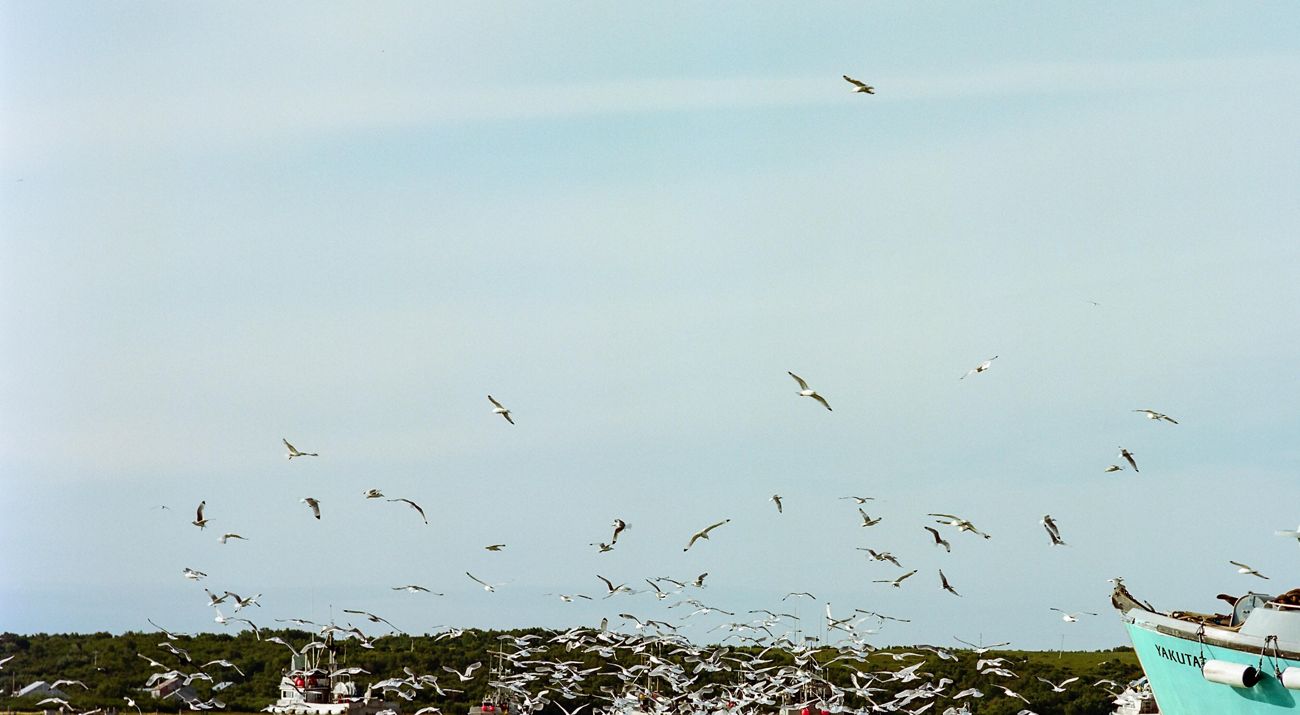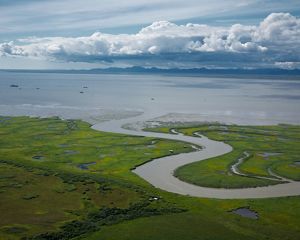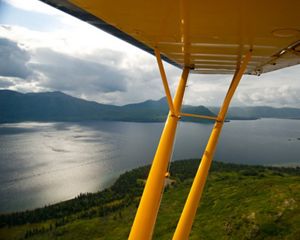Salty Slang from Bristol Bay’s Commercial Fishing Fleet
Overheard from the men and women who work in one of the world’s last great wild salmon fisheries.
Every summer, more than 2,000 commercial fishing boats ply the waters of Alaska’s Bristol Bay to join in on the planet’s most spectacular wild salmon harvest. This commercial fishery is valued at $2.2 billion annually, making it a major economic driver for local communities, the entire state of Alaska and beyond. It’s a tradition dating back 130 years (and, of course, salmon has been at the heart of a way of life for thousands of years and its value is simply beyond measure). Today, Bristol Bay continues to be home to the most remarkable wild salmon runs on Earth.
Here’s a sampling of the friendly slang overheard on Bristol Bay’s commercial fishing boats.

1) Corked
Historically, the floats on a fishing net were made of cork or wood. Sometimes, when fishing turns competitive, fishing boat captains will jockey for the best position for their nets. When one boat’s driftnet ends up blocking the net of a neighboring boat, a captain might shout “You’ve corked me!” to the offending boat. Sort of akin to cutting in line. Corking isn’t at all illegal but it can run afoul of the unwritten rules that govern so much of the fishing life.
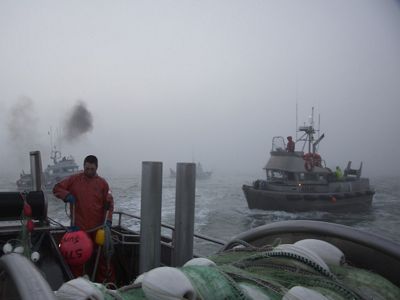

2) In ‘em
When the fishing is really good and a boat’s catching plenty of fish, you might hear a crew member give a celebratory shout: “We’re in ‘em!”

3) Wall o’ Fish
When many tens of millions of wild salmon funnel into Bristol Bay from all across the North Pacific Ocean, the peak of the migration brings a terrific number of fish each summer. The run begins with a trickle, and it ends with a trickle, but at the peak of the run the fish seem to come all at once—like a wall o’ fish.
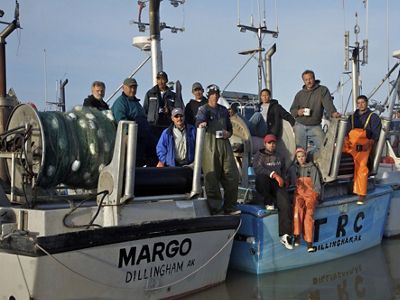

4) Drifter
Most commercial fishing boats in Bristol Bay are relatively small, family-owned vessels known as drift boats. The raingear-clad men and women who captain and crew these 32-foot vessels are known, rather affectionately, as drifters.

5) Jumper
Fishing boat captains believe the sight of a single leaping salmon means the underwater migration is underway. When a fish leaps—once, twice, maybe three times or more—fishermen agree it means salmon are coming. The sight of a jumper has a way of quickening the pace of anyone who loves to catch wild salmon.
